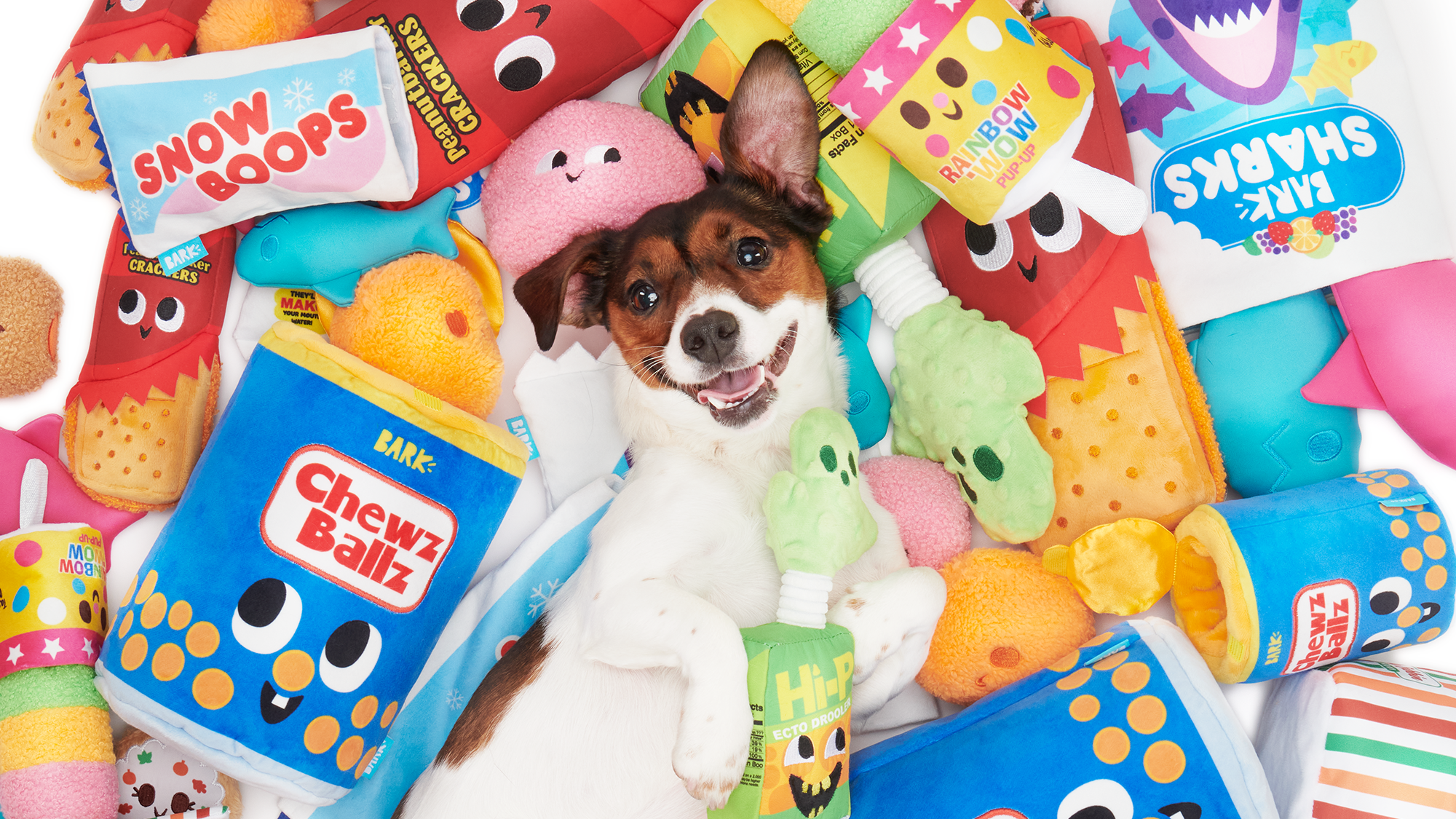Can I use cat litter for dogs? There are some risks you need to know first
Our vet explains whether it’s safe to use cat litter for dogs
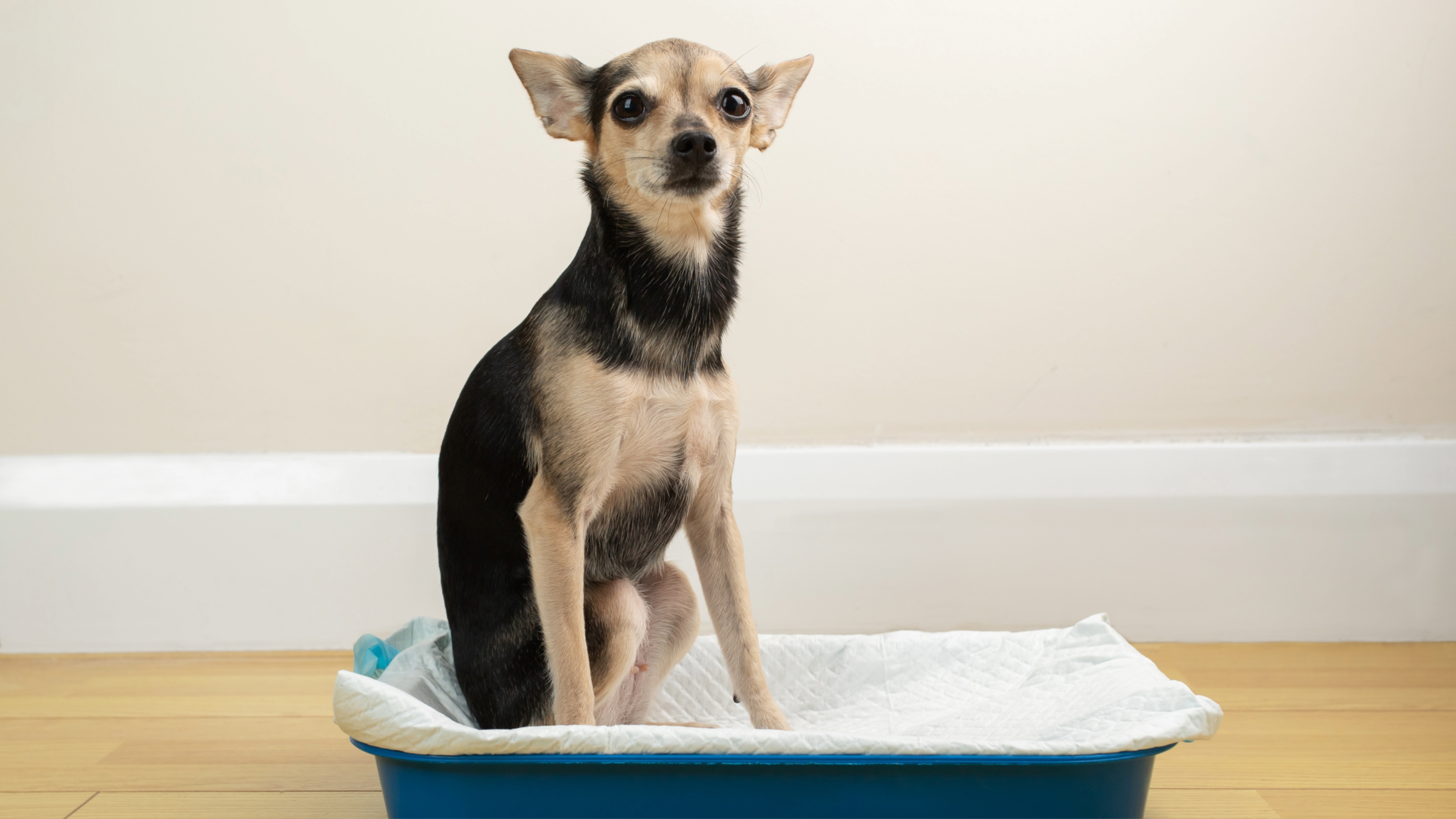
Ever found yourself asking 'can I use cat litter for dogs?' If you have a feline friend in your life, you likely swear by having a litter box in your home – after all, they're a real lifesaver when it comes to preventing accidents. But can you kill two birds with one stone and have your dog use your cat's litter as well?
The good news is, you can absolutely do this. Although the best cat litter is marketed at cat owners, there are plenty of brands that have products that are safe for dogs to use to.
We consulted expert vet Dr Rebecca MacMillan to find out whether there are any particular types of cat litter that are better for dogs and if any need to be avoided – she shared her thoughts below.
Can I use cat litter for dogs?
The simple answer is yes, your dog can absolutely use cat litter. While cat litter is generally used for our feline friends, if incontinence in dogs is affecting your pup you may find it helpful to have a litter tray in your home for them to use when they feel the urge to go. It could also prove convenient, especially during the night as your dog will be able to toilet when they need to rather than you having to wake up to take them outside.
"You can use cat litter for dogs," Dr MacMillan confirms, "but you may need to take care if your dog has a habit of eating things they shouldn’t. Clumping cat litter could cause serious problems like bowel obstruction, especially if your dog ingests large amounts relative to their size. Dog-specific litter is available, and it usually comes in the form of wood or paper pellets, but there are cat versions that are very similar."
While non-clumping wood or paper litter are good choices for dogs, Dr MacMillan goes on to add they may not take as kindly to using litter as cats do.
"It’s important to note that cats seem instinctively keen to use a sandy substrate which allows them to dig and bury their droppings," she explains. "However, dogs tend to prefer a firmer surface or grass to eliminate on. So, this means some dogs will get on better with puppy pads (like this eco-friendly one from Amazon) or fake grass, rather than litter."
Get the best advice, tips and top tech for your beloved Pets
Naturally Fresh Walnut Shell Cat and Small Pet Litter | Amazon
This eco-friendly litter is biodegradable, compostable and suitable for both cats and dogs. It's low-tracking, so the pellets won't stick to your pup's paws and because it's free of silica dust, it's completely non-toxic.
Is there a difference between dog litter and cat litter?
There are lots of different types of cat litter and you may find that these vary from the types of dog litter that are on sale.
"Cat litter comes in all sorts of varieties including clay, wood pellets, and paper-based litters," says Dr MacMillan. "Less types of dog-specific litter seem to exist, and the ones that do are usually paper based. Dogs don’t need to dig and scratch around when going to the bathroom like cats, so they don’t need a fine substrate."
If you're wanting to stop your dog peeing in the house, Dr MacMillan says that using litter may be unnecessary.
"Dogs can be trained to just use a dog litter box with a plastic grate on it, a puppy pad, or fake grass."
Because of this, you'll find there isn't the same market or demand for dog litter.
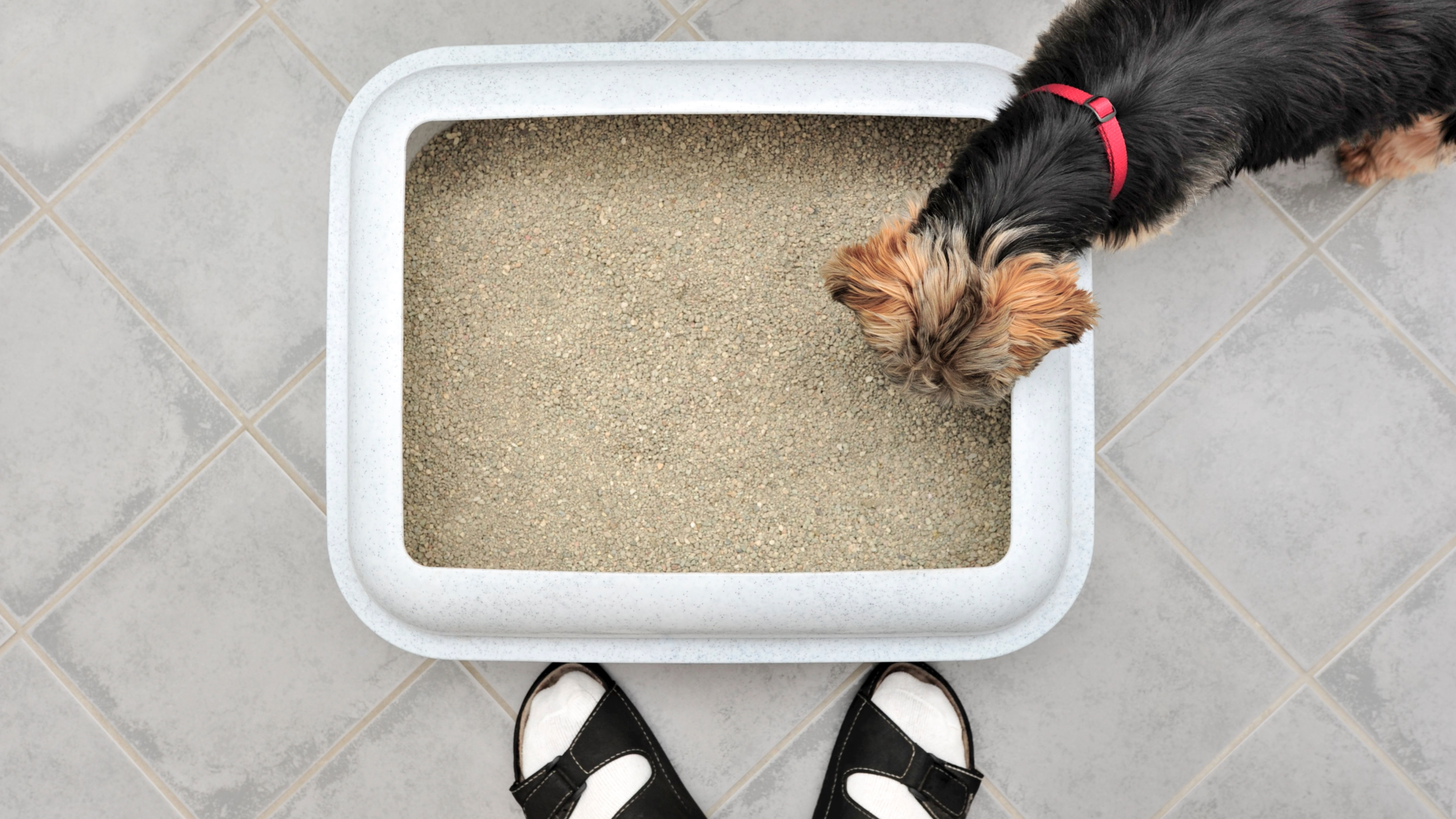
Signs your dog needs a litter box
You may be wondering if there are any particular signs you should be on the lookout for that indicate your pup would benefit from a litter box. Well, according to Dr MacMillan there aren't too many situations that warrant this.
"Taking your dog outside to toilet whenever possible is always recommended, so there are not that many situations when a dog litter box is indicated," she says. However, there are a few exceptions.
"Dogs with mobility issues that struggle to get outside might be an example of a litter box candidate, as well as those that are recovering from illness or injury," Dr MacMillan states. "Dogs that live in high-rise apartment blocks and can’t easily get outside, or those that live in locations prone to extreme weather might also be suitable."
So, what about those days when you're out of the house for several hours at a time and your dog is on their own? Dr MacMillan says in these sorts of situations, you should consider using a pet sitter or dog walker, rather than a litter box.
"This will meet your dog’s social and exercise needs, as well as their toileting needs," she explains. "Litter boxes should not be a reason to leave your dog alone for hours on end."
However, if you do decide to invest in a doggy litter box, Dr MacMillan says it's worth noting that these are really only practical for small breeds of dogs.
"Large dogs will void large amounts of urine, and they are more likely to miss the tray altogether, especially males who like to cock their leg."
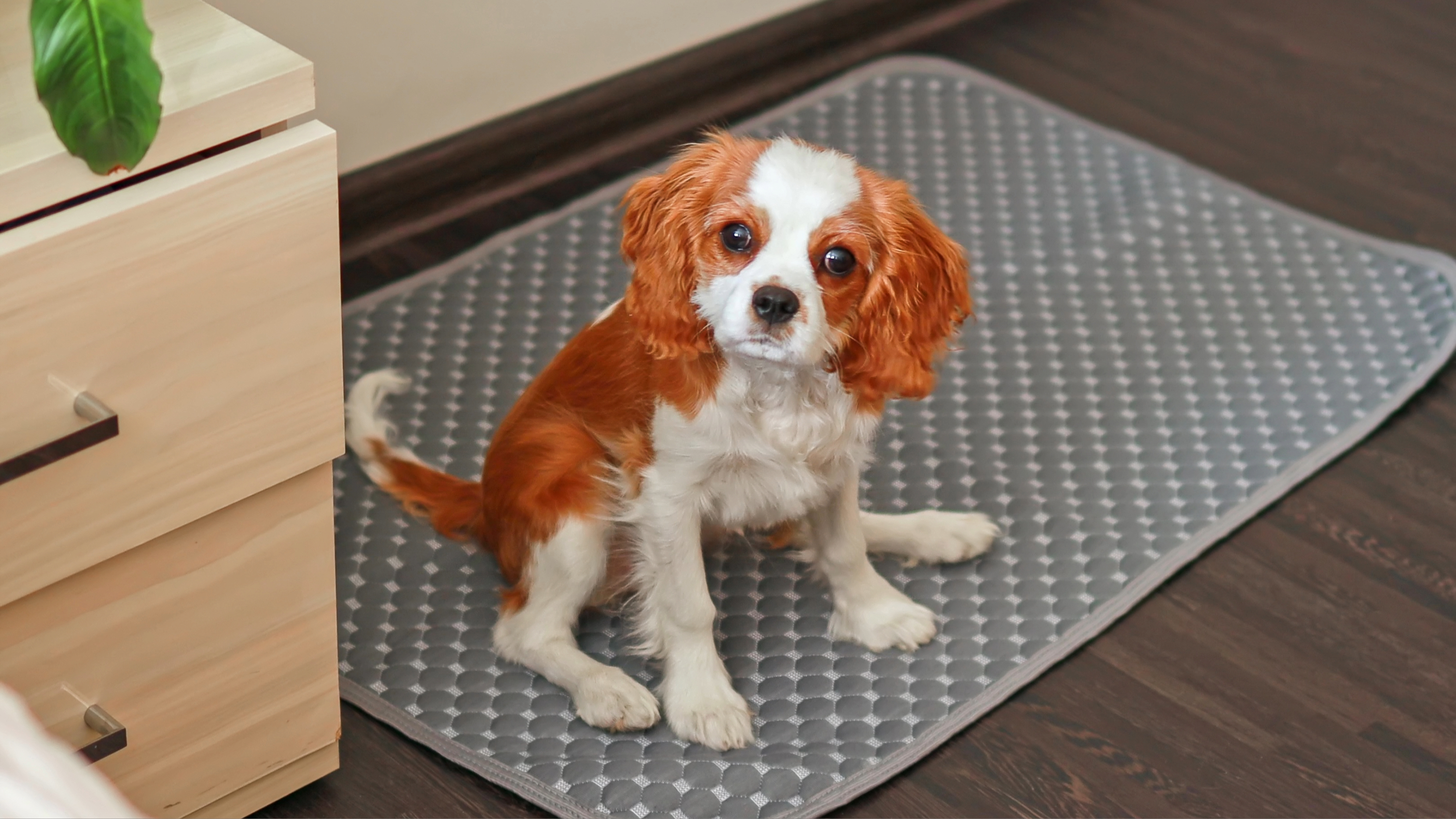
Read next: How long does it take to potty train a dog
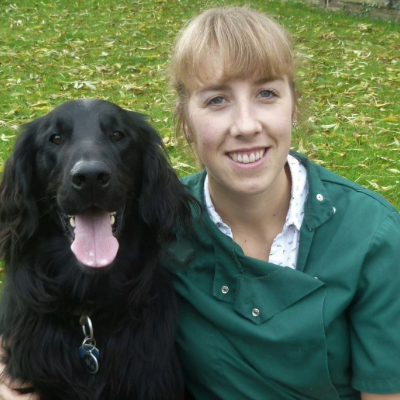
Rebecca is a veterinary surgeon who graduated in 2009 from the Royal Veterinary College in London. She has a wealth of experience in first opinion small animal practice, having done a mixture of day-to-day routine work, on-call emergency duties and managerial roles over the years. Rebecca enjoys medicine in particular and she is proud to have recently achieved a BSAVA postgraduate certificate in small animal medicine (with commendation). She writes on various feline and canine topics, including behavior, nutrition, and health. Outside of work and writing she enjoys walking her own dog, spending time with her young family and baking!
Edited by Megan Milstead.
This page was last updated in July 2025 by Kathryn Williams.

Kathryn is a freelance writer who has been a member of the PetsRadar family since it launched in 2020. Highly experienced in her field, she's driven by a desire to provide pet parents with accurate, timely, and informative content that enables them to provide their fur friends with everything they need to thrive.
Kathryn works closely with vets and trainers to ensure all articles offer the most up-to-date information across a range of pet-related fields, from insights into health and behavior issues to tips on products and training.
When she’s not busy crafting the perfect sentence for her features, buying guides and news pieces, she can be found hanging out with her family (which includes one super sassy cat and a kitten), drinking copious amounts of Jasmine tea and reading all the books.
She has written for a range of publications, including Fit&Well, Top Ten Reviews, LiveScience, Goodto, and Product Hunt.

